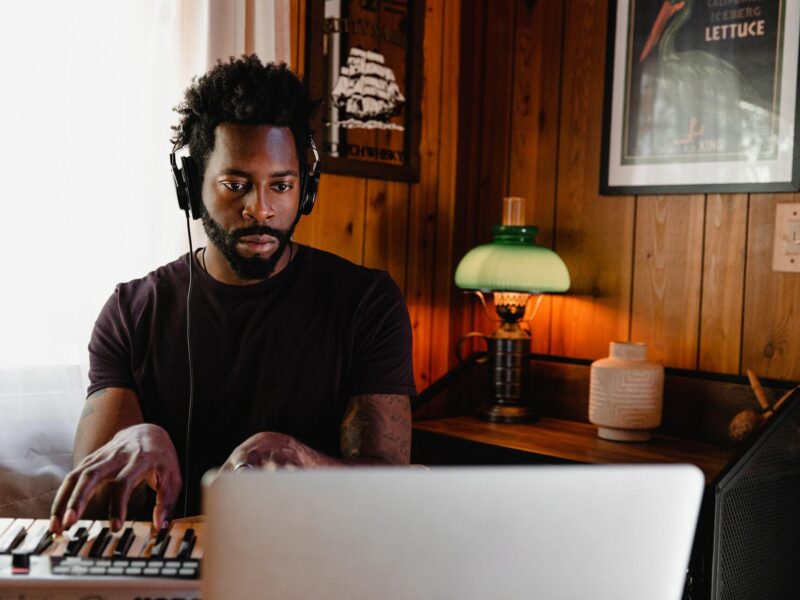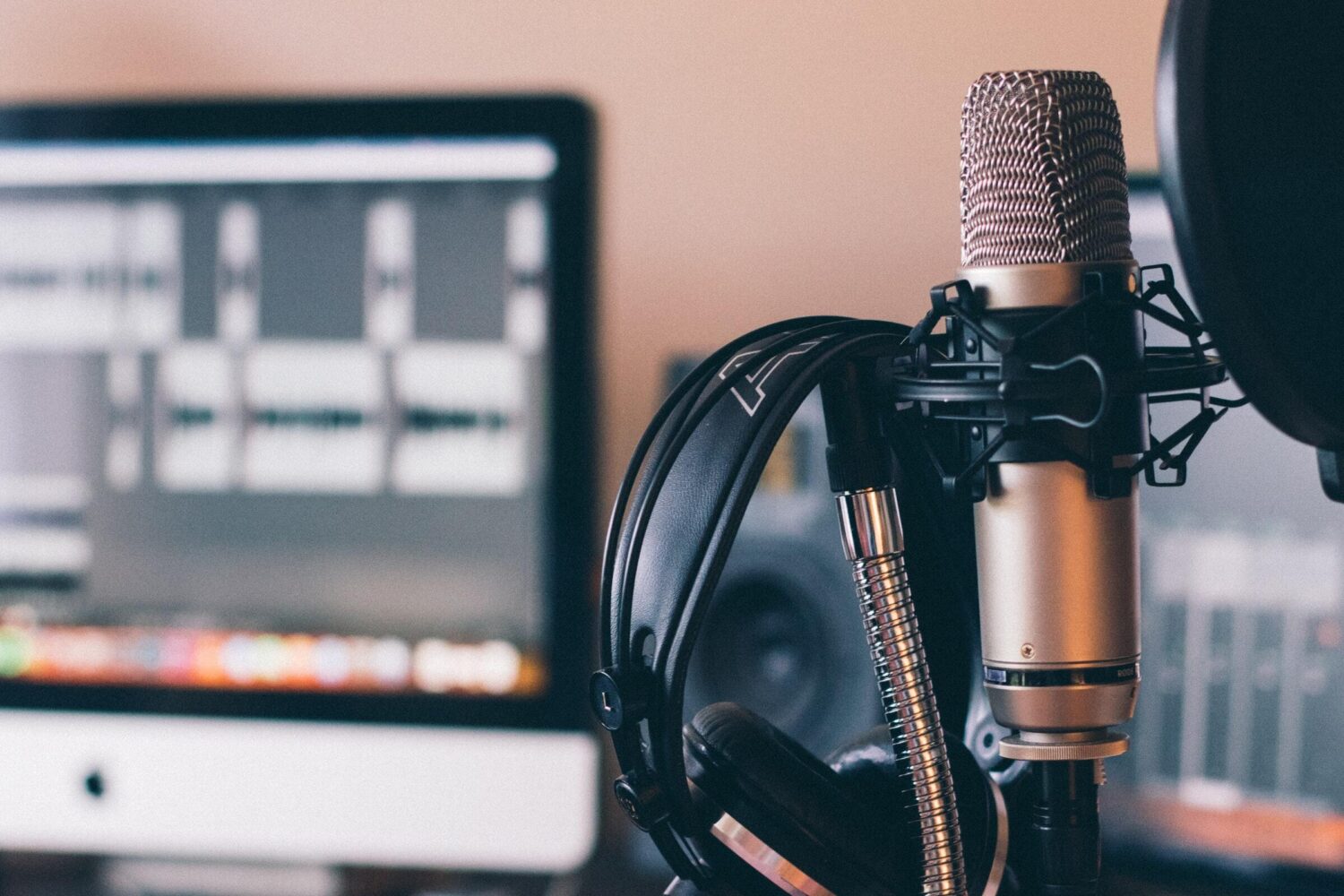
Download Your FREE 22-Day Single Release Plan
How To Copyright A Song (6 Steps To Copyright Your Music)
Contents [ ]
- How Does Music Copyright Work?
- What Parts Of A Song Can Be Copyrighted?
- Do I Need To Officially Copyright My Song?
- 1. Write or Record Your Song
- 2. Prove The Songs Are Yours
- How To Timestamp Your Music For Free
- Poor Man's Copyright Explained
- U.S Copyright Office Song Registration
- 3. Understand The Two 'Sides' Of Copyright: Master (Sound Recording) & Publishing (Composition)
- 4. Get Savvy To Splits
- 5. Check What You Actually Own
- 6. Start Earning Royalties
The world of copyright law in music can seem difficult to navigate at first.
However, it's not as complicated as you might think.
If you're not sure how to copyright a song, if your music requires a registration process or how copyright protection works for your original sound recordings, I'm going to break it down for you.
How Does Music Copyright Work?
Music copyright is simply the protection of original tracks. ⠀
As soon as you write a song, it has copyright.⠀
Every time you rewrite it, those versions also have copyright. ⠀
So what’s the problem? ⠀
The problem is proving the copyright.
What Parts Of A Song Can Be Copyrighted?
You can copyright:⠀
- Lyrics
- Melodies
- Songwriting
- Recordings⠀
You can’t copyright:⠀
- Chord progressions (to an extent) ⠀
- Song titles⠀
- Concepts⠀
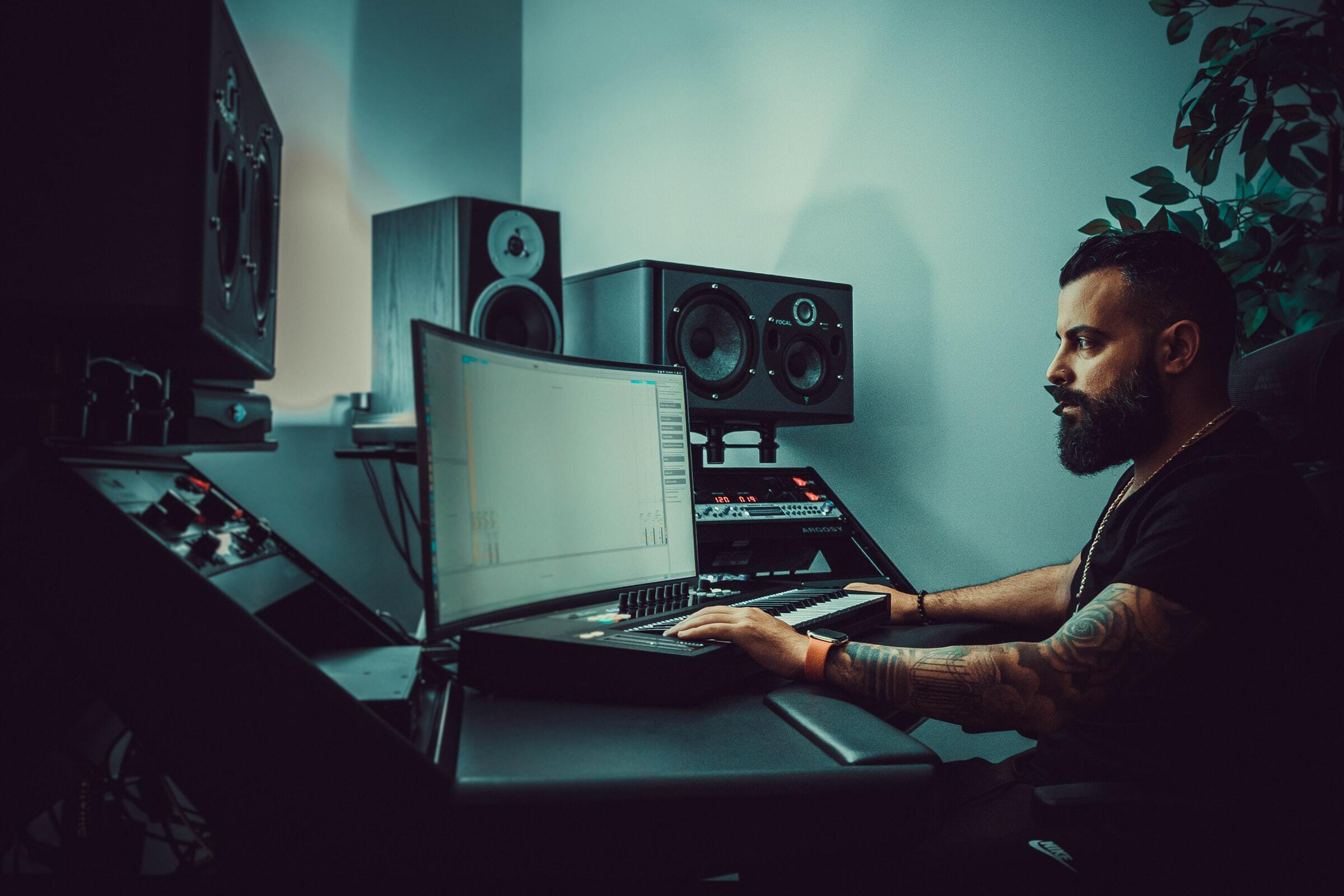
Do I Need To Officially Copyright My Song?
So the main question I answer a lot is “do I need to officially copyright my music?”.
You are officially copyrighting your music when you put it somewhere that has a timestamp. I.e, when emailed to yourself or uploaded online.
Copyright was more of an issue in the offline world when it was harder to prove. In 2021, it’s much easier. ⠀
If you want extra copyright protection, you can register your song with the U.S copyright office. But this isn’t necessary.
Here is a step-by-step guide on how to copyright a song and some of the intricacies involved in wider music copyright registration.
1. Write or Record Your Song
This sounds far too straightforward, but as soon as you’ve written or made a recording of a song, it has copyright.
You can do something as simple as writing down words or notes on paper, or singing into your phone’s voice memos; as long as it’s possible to reproduce the song through what you’ve ‘fixed’ into existence and some tangible form, you hold the copyright.
Well, that was easy.
But wait! Technically your song has copyright as soon as it exists, but there are loads more things you need to do to really cement that copyright and be able to prove that your songs are yours if the matter ever goes to court or are up for dispute.
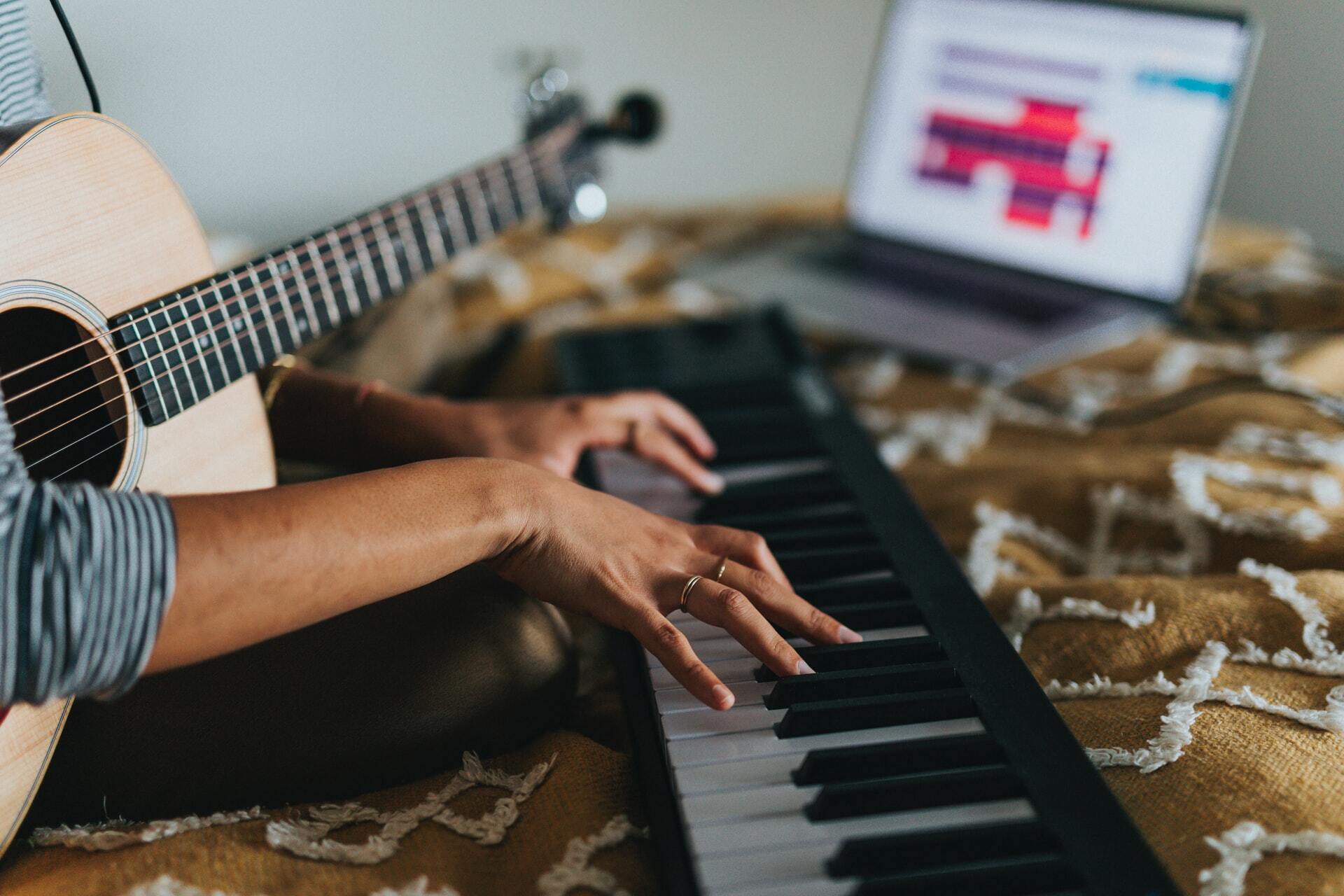
2. Prove The Songs Are Yours
You might technically have copyright in your music as soon it comes into the physical realm of existence (as soon as it is written down or recorded), but the problem lies in proving that you hold that copyright, and crucially, having the evidence that says it was put down into a tangible form at the time that you say it was.
This type of proof will help to show that your music already existed if someone tries to copy it later and pass it off as their own.
As soon as your music is embodied in a physical format, it has copyright protection; however, if a dispute does come up, you’re going to need that evidence to prove that your music existed before anyone copied it.
The evidence we need then is a ‘timestamped copy’ of the musical works you've created, and these are pretty easily acquired today, for free.
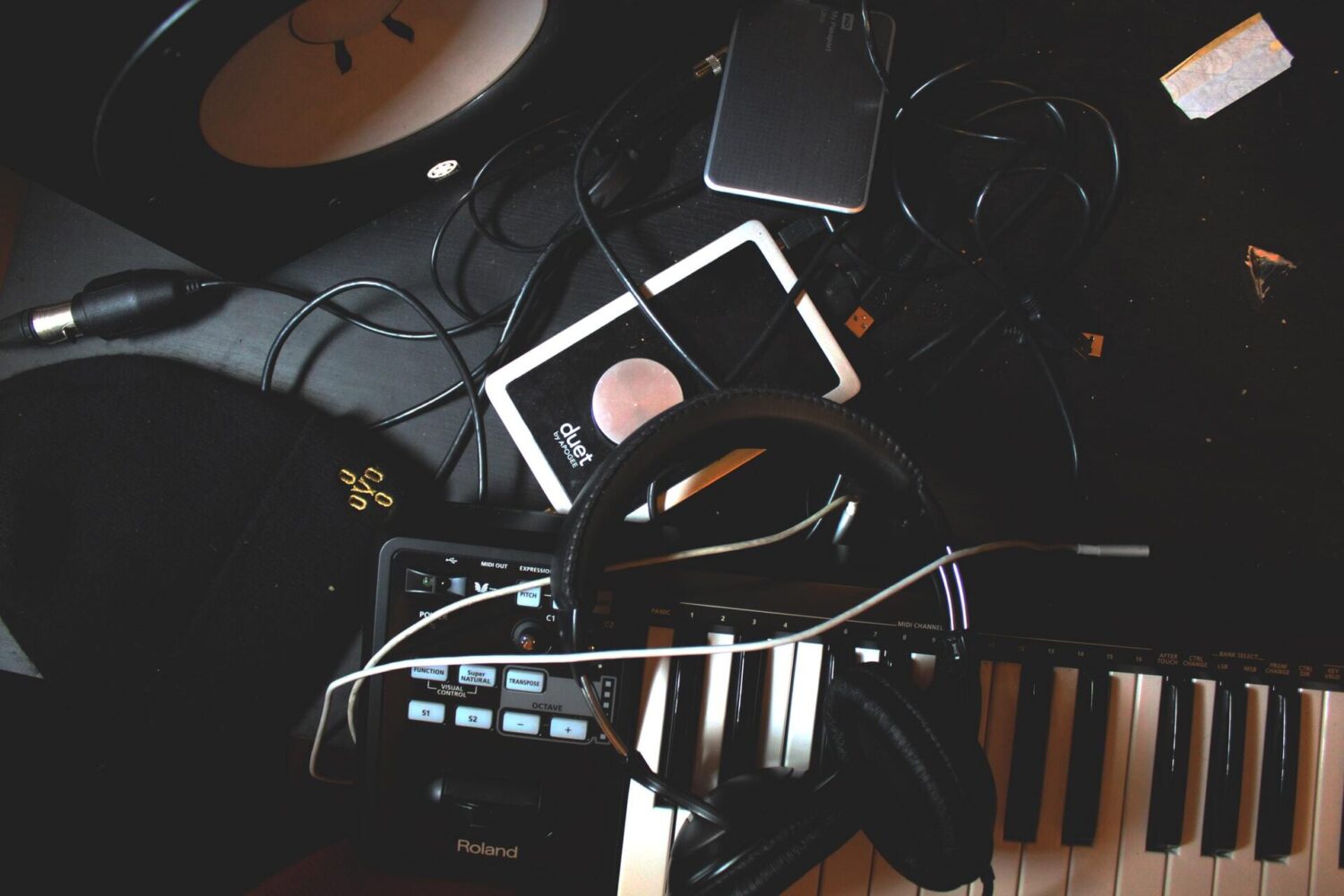
How To Timestamp Your Music For Free
All you need to do is upload your digital sound recordings or sheet music to an online platform like YouTube, Facebook, Instagram, or Soundcloud; or send the files to yourself in an email.
Doing this is enough to prove that your songs existed at the time you uploaded them.
Your upload to any of these online services will have the date it was uploaded, and similarly, your email server will show when the attached audio was sent.
Poor Man's Copyright Explained
Before computers were in widespread use, music was written down or taped, and long before the internet came along, musicians would send a sealed copy of their music to themselves in the post, which would then be stamped with the date, and left unopened, in order to prove that their music existed at a certain point in time.
That sealed envelope would be opened in court and show that the tune or lyric was already around when the package was delivered.
This process is known as poor man’s copyright. This method is occasionally still used today and in fact, PRS for Music in the UK even recommends still doing this: sending a copy of your work to yourself by recorded delivery as strong evidence of copyright ownership.
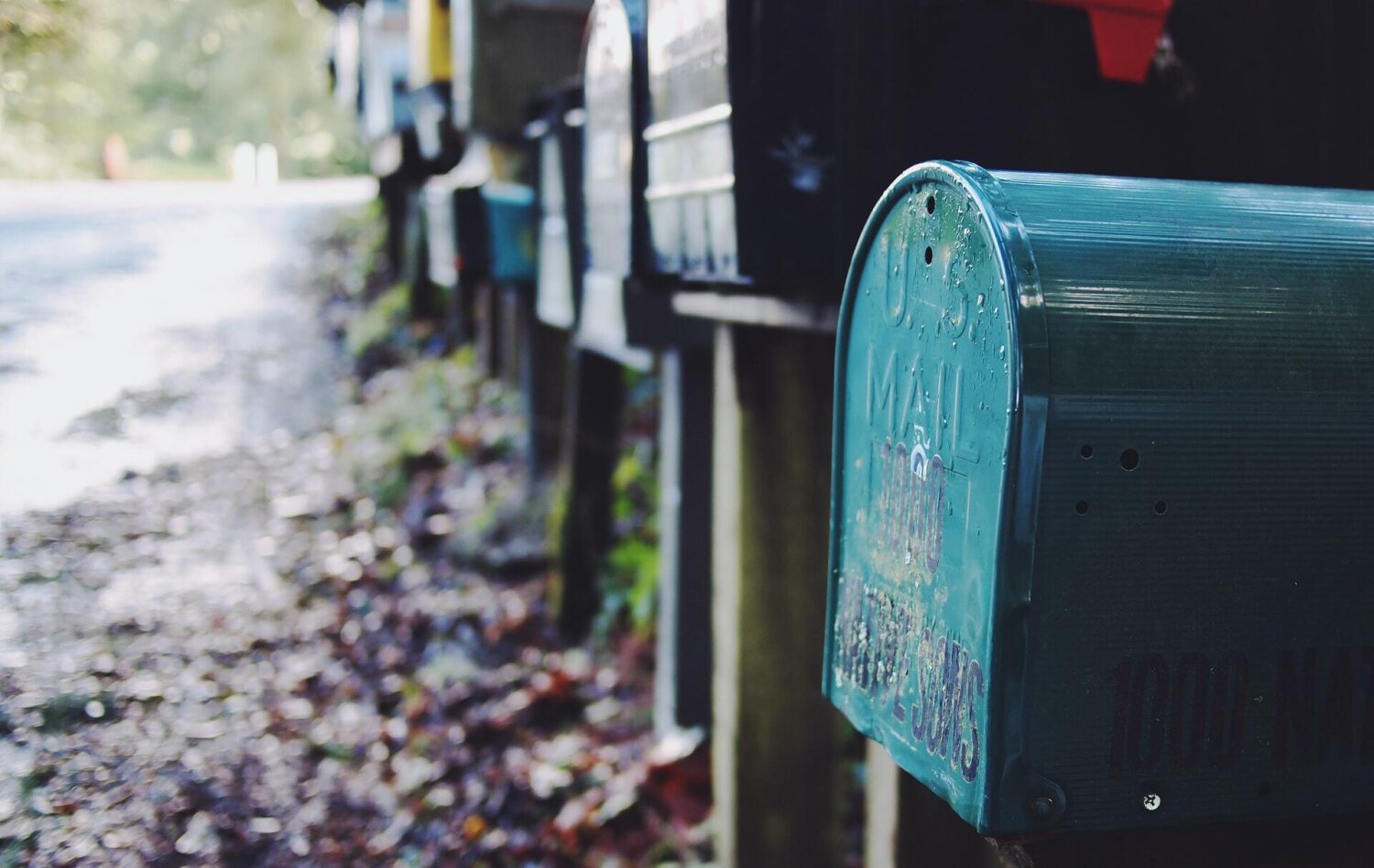
U.S Copyright Office Song Registration
In the UK and many other countries, there's no formal need to register or fill in a form to protect your songs.
In the US however, where there is no legal recognition of poor man’s copyright (so no need to put your musical masterwork in the mail) there is a formal registration process and it is highly advantageous to register your work with the U.S. Copyright Office - for a small filing fee - in order to secure full protection of your songs under the law, and this kind of copyright registration is a requirement before you can bring a copyright infringement case to federal court.
3. Understand The Two 'Sides' Of Copyright: Master (Sound Recording) & Publishing (Composition)
So you’ve secured yourself a timestamped copy of your tune. But what exactly have you got control of copyright-wise?
The copyright landscape is complex.
Royalties for songwriters divide between music and lyrics and can be split further between several co-writers, not to mention a cut for the labels, publishers, collection agencies, music distributors, etc.
The key thing to note is that every piece of recorded music has two sides to its copyright: one’s called the Publishing - the underlying musical composition - and one’s called the Master - the specific sound recording.
The former is held by the songwriters/lyricists/composers and generally managed by or signed away to publishers. The latter is held by the recording artist and/or their label.
The industry treats these two parts of copyright separately, with the copyright in the song itself shown with a ©; (C in a circle) and the copyright in the sound recording shown, somewhat confusingly, with a ℗; (P in a circle) - don’t get mixed up: remember the P stands for phonograph; not publishing, and not performance nor performing arts!
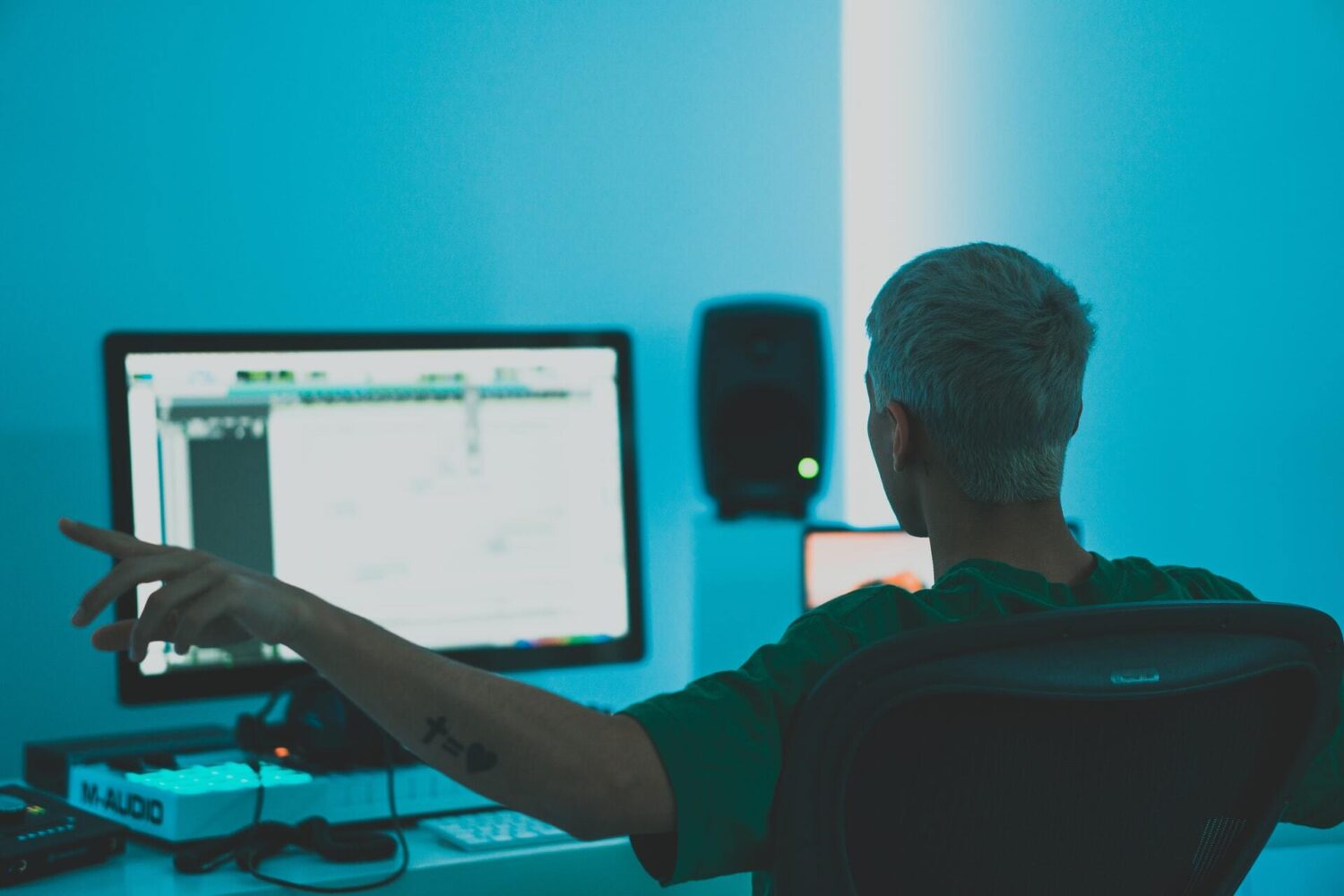
These copyrights are kept separate, even though in many cases the writer and performer is the same person/group, for when sometime down the line cover versions of the song start appearing, or people start sampling the recording, quoting the lyrics, etc.
It can all get incredibly complicated and keeping the publishing and master copyrights separate helps to iron out any potential legal creases.
If you record a cover of a song, then you (or your label) hold the master for that cover, but the publishing remains in the hands of the songwriter (or whoever works for the songwriter).
The fee paid for the use of the publishing or underlying composition is called the mechanical royalty, and the fee paid on the master to the recorded performer/s for recording sales is called the artist royalty.
4. Get Savvy To Splits
The way the money is divvied up between publishing and masters depends on the use of the music.
If it’s a physical sale, such as an album on record or CD, then the industry standard split is 91% to the master and around 9% to the publishing.
It’s important to note also that labels will usually not deduct anything from the mechanical royalties, but they will recoup costs and advances from the artist royalties.
For instance, if the label gave an advance of £30,000, then that amount needs to be earned back by the recording artists before they can start to profit from the master. Publishers however can nearly always start earning right from the start.
For sync royalties, it’s usually a 50/50 split between publishing and masters, so syncs are often a pretty good avenue for recording artists to explore.
If there are splits, say between the writer of the music and the lyricist, or co-writers in a band, then these need to be put down in writing, to prevent any future disputes (they happen a lot), and these agreements should be timestamped as well.
5. Check What You Actually Own
Let’s focus in on the publishing for a moment.
What parts of the song's composition can you actually own?
Melody: George Harrison v The Chiffons
It used to be pretty clear that the only copyrightable elements of a song were the lyrics and the melody. One famous case in the 70s involved George Harrison copying the melody of The Chiffons' 1963 single He's So Fine for his 1970/71 song My Sweet Lord.
Harrison was eventually ordered to pay a considerable sum over the 'substantial' similarity, in addition to his acknowledgment that he had heard and therefore had 'access' to The Chiffons' song in order to (subconsciously) copy its melody.
Groove: Thicke & Williams v Marvin Gaye
But now with the legal precedents of certain recent copyright cases, the situation is less clear-cut. What with the 2015 dispute between Robin Thicke and Pharell Williams’ Blurred Lines and Marvin Gaye’s Got to Give It Up - which led the creators of Blurred Lines to pay around $5 million for copying the groove of Got to Give It Up - it’s become much more of a grey area as to exactly which of the building blocks of a song can or cannot be copied.
The two songs were not at all related in terms of melody or lyric, it was merely the groove that portrayed a similarity.
Timbre: Katy Perry v Flame
The Katy Perry ‘Dark Horse’ debacle is an interesting case study in musical disputes. Initially, a federal jury found that Perry's 2013 song was too similar to Christian rapper Flame's 2008 song 'Joyful Noise'.
In this instance, the offending part of the tune was not the main vocal melody. The mooted element was the timbre of the synth playing a short descending ostinato (a repeating riff) which also bore similarities in melodic shape to the one used in Dark Horse.
The first time it went to court the jury agreed with the claimant that there was a similarity and the court ruled in favour of Flame. However, upon appeal, a court ruled that a short pattern on a commonly used-within-the-genre synth sound couldn’t be copyrighted.
The case is ongoing as Flame decided to file another appeal in 2020. If you're interested in earlier tunes that share (arguably greater) melodic and timbral similarities with Perry's legally contentious song, check out 'Moments of Love' by Art of Noise (released in 1985) or even 'Incoming Boss' from the 1993 soundtrack to Super Godzilla for SNES.
Is Every Song Melody Already Copyrighted?
In recent times the legal situation surrounding musical copyright has become increasingly blurred, and there have been some interesting developments as of late.
The programmer, lawyer, musician Damien Riehl teamed up with programmer and musician Noah Rubin to algorithmically generate every conceivable melody that could be used in Western pop.
Through brute-force methods, similar to cracking a password, they now technically have a tangible copy of any melody that could go to court, but what effect this will have on music copyright law remains to be seen.
6. Start Earning Royalties
You can start receiving royalties for songs you hold the copyright for by signing up to a music collection service, AKA a performing rights organisation (PRO): in the UK this is PRS for Music, which is made up of the Performing Right Society (PRS) and Mechanical-Copyright Protection Society (MCPS); and the societies pay out royalties four times a year and every month respectively.
In the US you have the choice of registering with three main PROs: the American Society of Composers, Authors and Publishers (ASCAP), Broadcast Music Inc. (BMI), and (by invitation only) SESAC.
It pays to register with a PRO as soon as possible - without registering you won't begin to receive royalties from your music.


